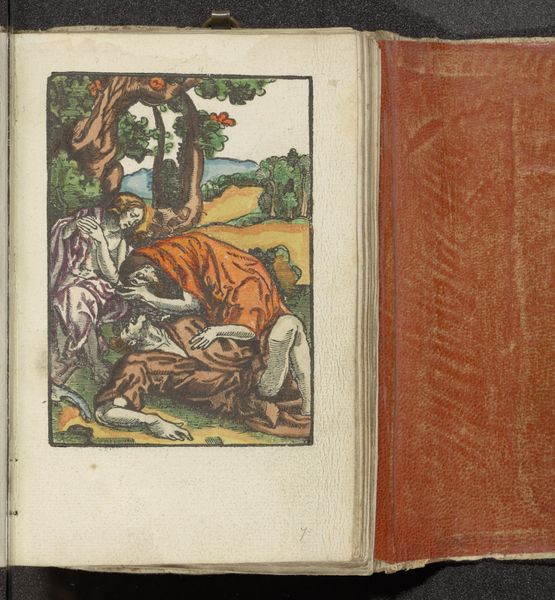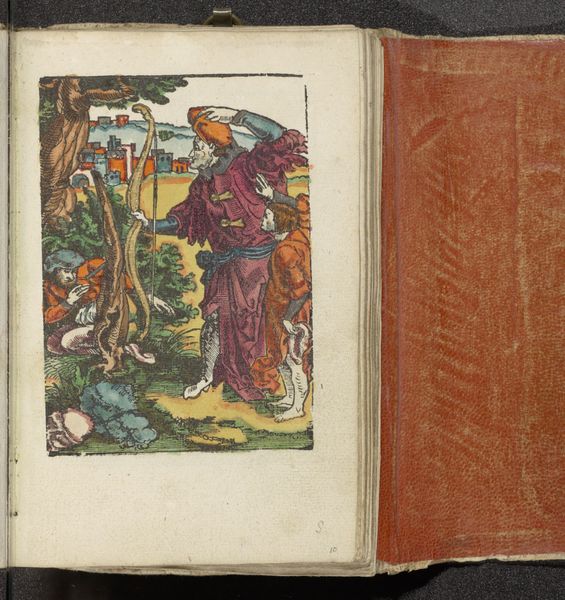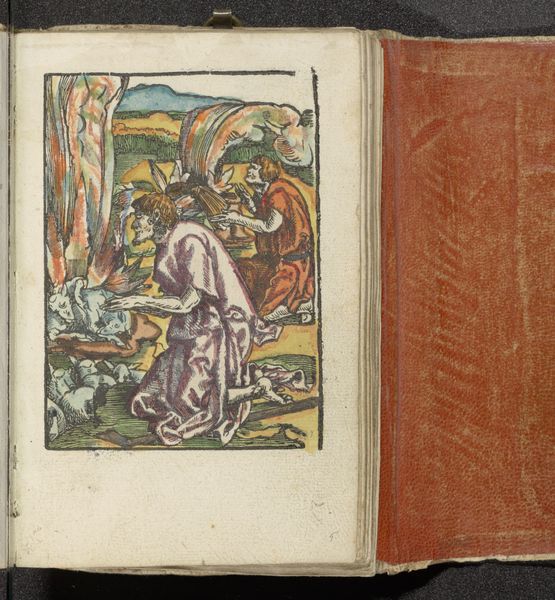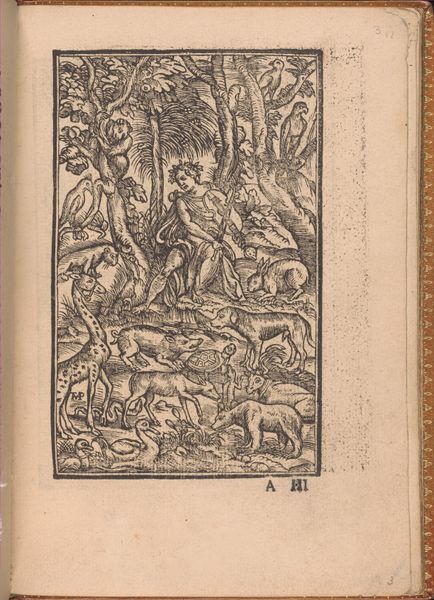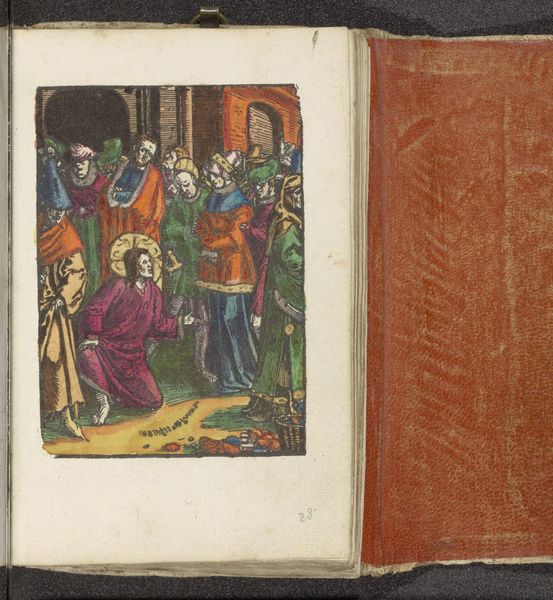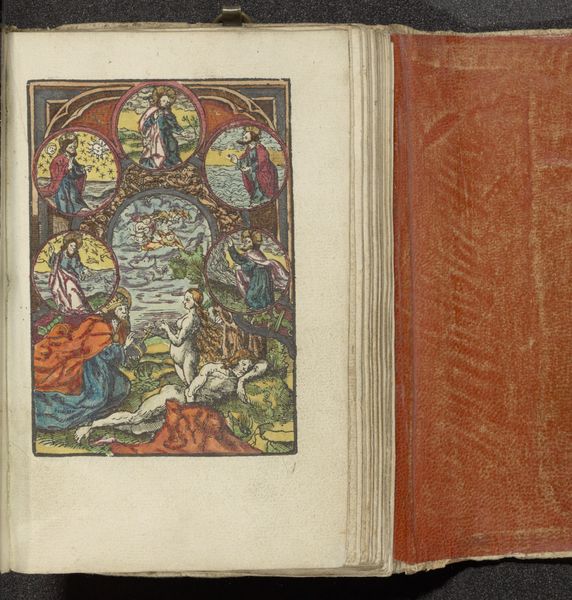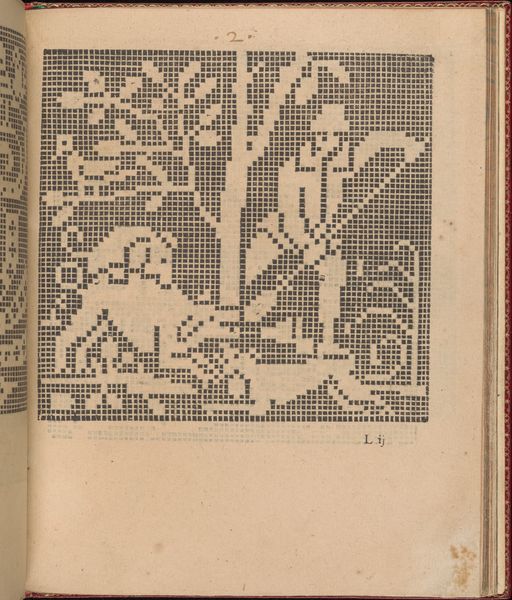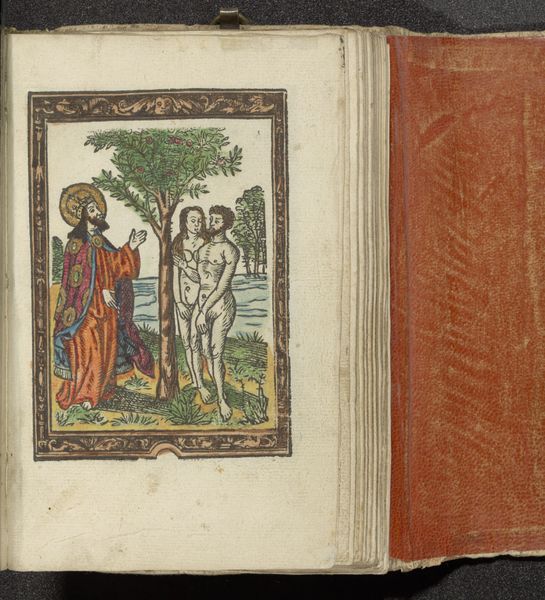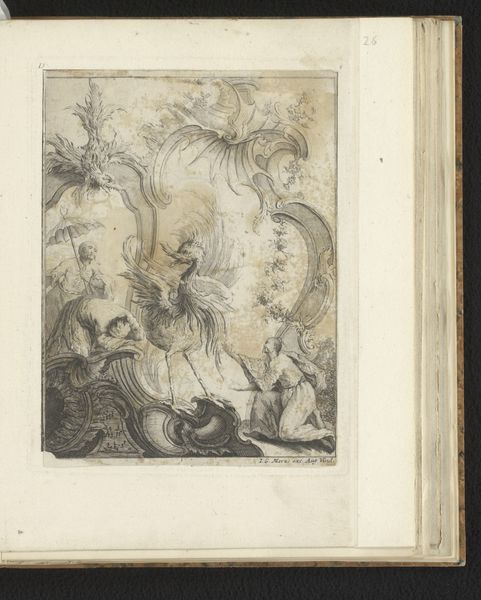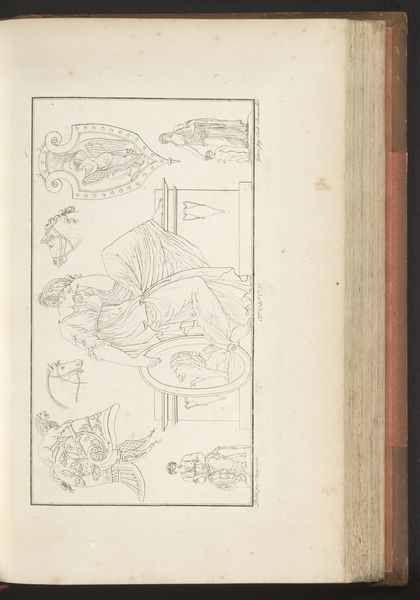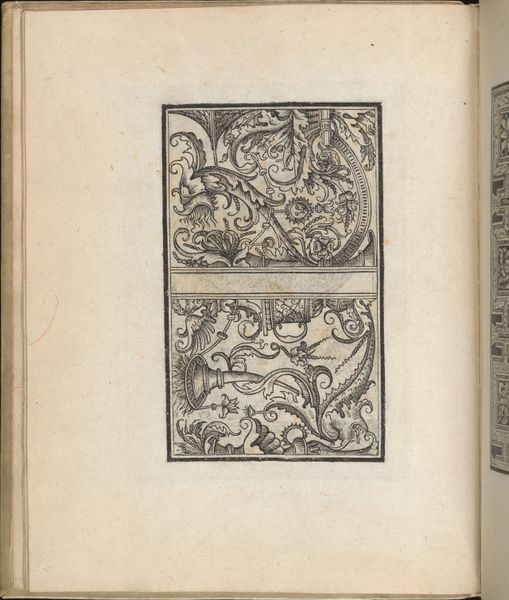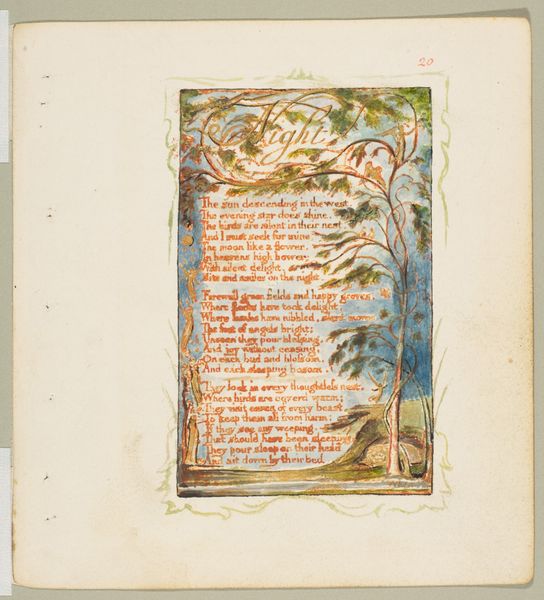
drawing, print, paper, ink, woodcut, engraving
#
drawing
#
narrative-art
# print
#
figuration
#
paper
#
ink
#
coloured pencil
#
woodcut
#
line
#
history-painting
#
northern-renaissance
#
engraving
Dimensions: height 111 mm, width 78 mm, height 159 mm, width 102 mm
Copyright: Rijks Museum: Open Domain
Curator: This compelling piece before us is entitled "Kaïn doodt Abel," or "Cain Killing Abel," created by Lucas van Leyden around 1530. It's a woodcut, notable for its intricate detail. Editor: The image has a stark, almost violent energy, hasn't it? The sharp lines of the figures and the stark contrast between light and shadow heighten the sense of drama. Curator: Absolutely. Consider the cultural context. Van Leyden was working in the Northern Renaissance, a period grappling with religious upheaval and a renewed focus on humanism. This print, with its brutal depiction of fratricide, speaks to the anxieties of the time, anxieties about faith, morality, and social order. Prints such as this were more easily disseminated and democratized biblical narratives that might otherwise only be viewed by the wealthiest members of society. Editor: Yes, the composition certainly reinforces that. The angularity of Cain's body contrasts sharply with Abel's almost limp form; this creates a diagonal dynamic that pulls the eye towards the act of violence. And observe how the limited color palette directs our attention; the reds in Cain's robes underscore his passion, a chilling precursor to murder. Curator: Indeed, color would have added visual intrigue. And remember, prints like these often served didactic purposes. They weren't just aesthetic objects, but tools for moral instruction and religious propaganda. This image taps into deeply rooted cultural narratives about sin, guilt, and divine judgment, and reminds its audience of its place in a highly-structured spiritual cosmos. Editor: I agree, yet even within this context, the rendering itself is fascinating. The tree in the background, skeletal in its barrenness, provides a natural, and decidedly morbid, frame to the horror unfolding. The lines etched to denote light and shade on the body speak eloquently, I feel, about its volume and presence. Curator: Precisely, Van Leyden's use of the woodcut medium, with its capacity for stark contrasts and bold lines, lends the scene an almost iconic quality. The figure of Abel takes on qualities of an ancient classical statue. This work reflects wider cultural shifts and the function of art within Reformation Europe. Editor: The dialogue created by the tension in the medium used and the narrative being told is compelling, I must say. It invites further discussion regarding the dynamic role the church plays in civic life, or lack thereof. Curator: Ultimately, "Cain Killing Abel" stands as a potent example of how art can reflect, refract, and shape the values of its time. Editor: It's remarkable to consider the lasting power of form. A potent distillation of biblical narrative and visual structure that we are fortunate to witness here today.
Comments
No comments
Be the first to comment and join the conversation on the ultimate creative platform.
